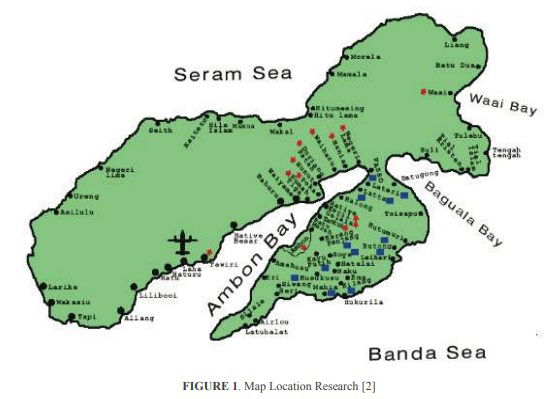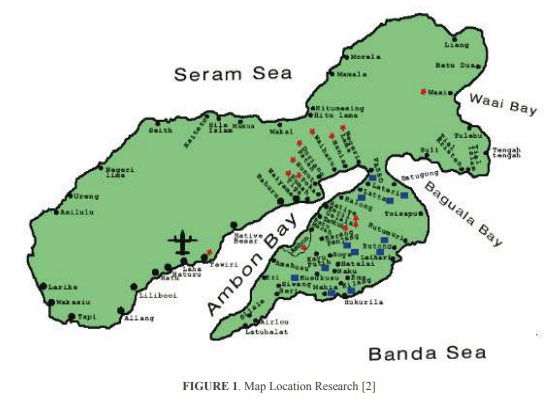Interpretation FTIR spectrum of seawaterand sediment in the Ambon Bay (TAD)

Abstract.
Research has done to interpretated FTIR spectrum of seawaters and sediment of the Ambon Bay (TAD). Analysis of samples of sediment and seawater using FTIR spectroscopy. The results showed the sand sediment samples identified Stretch bond OH group (3600-3500 cm-1), N-H Stretch (3400-3300 cm-1), C≡N (2250 cm-1), and NH bending (1640 to 1550 cm-1). And for seawater samples identified bonding group that is N-H Stretch (3400- 3350 cm-1), N-H bending (1640 to 1550 cm-1) and C = O (1670-1640 cm-1).The existence of functional groups, carbonyl (C=O), alcohol (OH), carboxyl (COOH) can cause the complexation of metal cations. And the results showed analysis group N-O bond-containing compounds Nitro indicate heavy metal content of Lead (Pb) and group N-H bond-containing compound Amina indicate heavy metal content of Cadmium (Cd)
I. PENDAHULUAN
INTRODUCTION Today the environment, especially water pollution by heavy metals is not only a national problem but also internationally. Heavy metal pollution can be derived from natural or industrial activities. Water pollution can be salts of heavy metals and heavy metals that form toxic compounds. Heavy metals are often found in water pollution is Hg, Pb, Cd, Cr, Cu, Ni, and Zn in the form of toxic compounds. factors that because heavy metals are grouped into contaminants are 1) a heavy metal cannot be decomposed through biodegradation such as organic pollutants, 2) heavy metals can accumulate in the environment, especially in the sediment of the river and the sea, because it can be bound with organic and inorganic compounds, through adsorption process and the formation of complex compounds [1]. Because heavy metals can accumulate in sediments, the levels of heavy metals in sediments is greater than water. Therefore, the observation of heavy metals need to be done in an effort to preserve the aquatic environment of the Ambon Bay.

